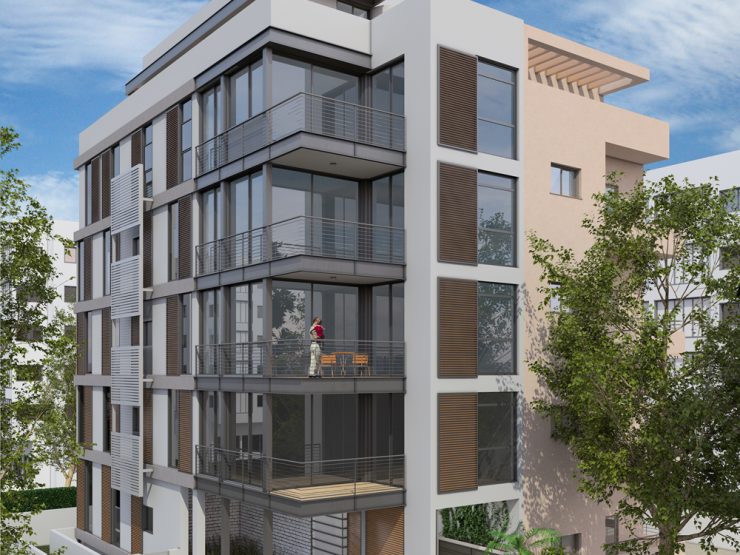What is TAMA-38? A Guide to Israel’s Most Popular Construction Regime
“TAMA 38” began life as a national outline plan for reinforcing structures against earthquakes by granting increased building rights and shortening bureaucratic procedures for obtaining building permits, thereby encouraging homeowners to reinforce their buildings. The basic pitch: Developers and apartment owners invest in renovating and protecting the building in exchange for additional building rights and planning, construction and taxation benefits. Over time, the program was split into two main channels: renovations of existing buildings with the addition of new floors, parking spaces, and safe rooms, and projects where the old building is completely demolished, with a larger and taller building put up in its place (known as pinui binui – evacuation and reconstruction). This latter track guarantees new apartments for the previous tenants, alongside apartments for sale on the free market to cover the cost of the project and allow the developer to turn a profit.
The Planning Administration in the Finance Ministry recently announced that it does not intend to recommend extending “TAMA 38” beyond its current May 18, 2020 end date, leaving a big question mark over the continued existence of the program. Despite this, 15 years after it was signed into law, it has become clear that “TAMA 38” was not only an opportunity to reinforce old structures against earthquakes, but also a valuable way to upgrade and increase the value of property to everyone’s benefit. The developers received permission to build up to two floors or more and benefitted from the sale of the new apartments, and the tenants received a renovated and reinforced building without having to finance the work themselves.
To finish reading the article, read the rest on our new Tel Aviv real estate news blog!
